Maintain your records organized and up-to-date with our comprehensive Social Order Forms catalog. Effortlessly customize and edit templates to ensure data accuracy.

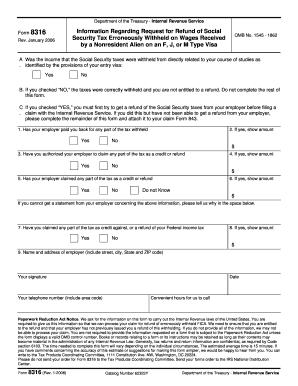
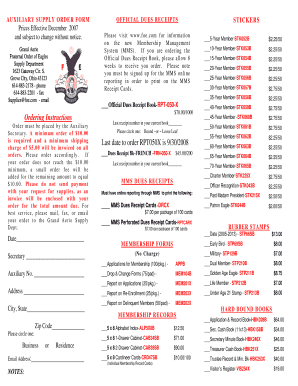



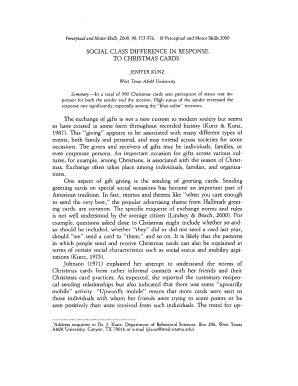
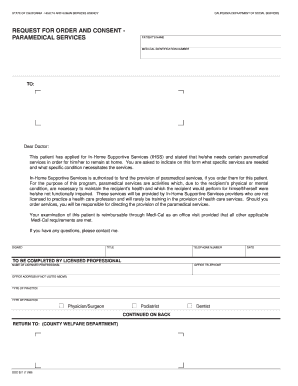

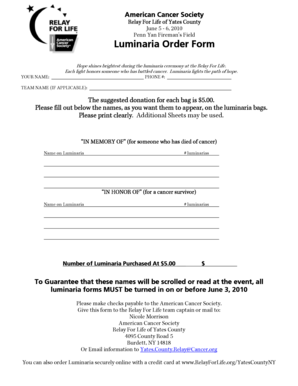
Document administration can stress you when you can’t locate all the documents you need. Luckily, with DocHub's vast form collection, you can get all you need and easily take care of it without switching among apps. Get our Social Order Forms and start utilizing them.
Using our Social Order Forms using these easy steps:
Try out DocHub and browse our Social Order Forms category easily. Get a free account right now!